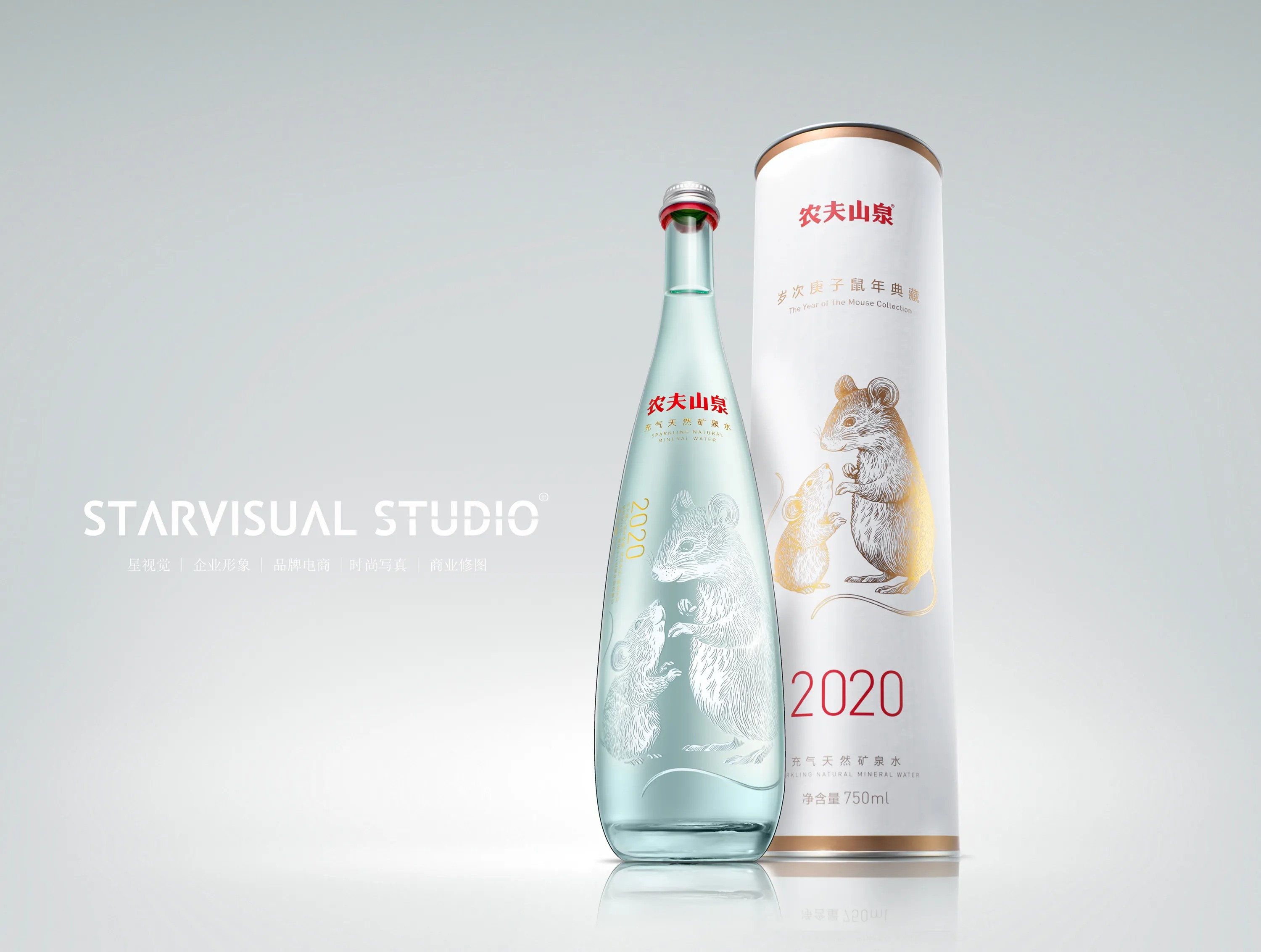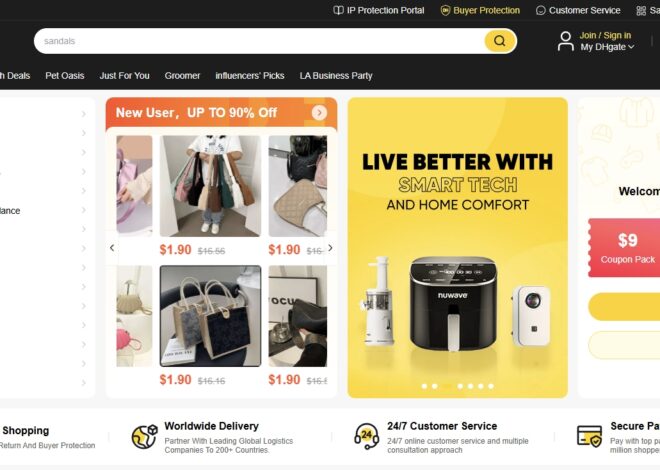
From ‘Water Carrier’ to ‘Game Changer’: The Survival Strategy of Nongfu Spring in the Billion-Dollar Water War
In 2024, the Chinese beverage industry witnessed another round of intense competition. Nongfu Spring, a leading player in the market, delivered an impressive annual revenue of 32 billion yuan, marking a year-on-year increase of 18%. This achievement allowed the company to maintain its dominant position in the packaged water market with a 27% market share.
However, behind these eye-catching numbers lies a series of tough challenges. The packaged water market is facing diminishing returns, new-style tea drinks are impacting traditional categories, and fluctuations in raw material prices are adding to the difficulties. The question remains: Can this beverage giant, known as the “carrier of nature’s water,” break free from its reliance on a single product in the global wave and truly transform from a “water overlord” to a “multi-category giant”?
The “Moat” and “Ceiling” of the Brand Myth
From a market share perspective, Nongfu Spring still holds the top position in the industry with a 26.7% market share. However, its advantage is being gradually eroded. In 2023, C’estbon increased its market share to 21.3% through a “purified water + regional customized bottle” strategy. Master Kong, on the other hand, managed to boost its market share back to 18.5% by leveraging its 1-yuan-per-bottle “Hot Water” product to capture the下沉market. The situation is even more severe as new-style tea drink brands are entering the market with “bottled sparkling water + sugar-free concept” products. For instance, Genki Forest’s sugar-free soda achieved annual sales of over 1.5 billion bottles, directly impacting Nongfu Spring’s product lines such as Teaπ and Oriental Leaves.
The Brand Positioning Faces a “Catch-22” Dilemma
Nongfu Spring initially established its brand with a differentiated positioning as “natural water.” However, this label is now facing a dual challenge. On the high-end market side, it is being divided by C’estbon (natural mineral water) and Evian (imported brand). On the low-end market side, it is being penetrated by low-priced purified water brands such as Master Kong and C’estbon. According to Nielsen data, in the price range of less than 5 yuan, Nongfu Spring’s market share decreased by 3 percentage points year-on-year in 2024, while Master Kong’s “Hot Water” increased by 5 percentage points.
Product Innovation Falls into a “Well-Received but Not Bestselling” Quagmire
Despite having a product matrix covering nine major categories including drinking water, tea drinks, and fruit juice, Nongfu Spring’s new product success rate is less than 30%. For example, the “Bubble Tea” (fruit juice + sparkling water) launched in 2023 was taken off the shelves within half a year due to taste disputes. The “Lithium Water” (containing trace elements) launched in 2024, with a high price tag of 6 yuan per bottle, only achieved 40% of the expected sales volume. In contrast, Uni-President’s “Tea Liwang,” which accurately targets the office crowd, has an annual growth rate of 35%.
Controversies Over Water Sources Become a “Time Bomb” in Public Opinion
Nongfu Spring has built brand trust through the promotion of water sources such as Thousand Island Lake and Changbai Mountain. However, in recent years, environmental controversies have emerged frequently. In 2024, its Wuyi Mountain base was exposed for exceeding water extraction permits, sparking doubts about “ecological destruction.” The related topics on Weibo garnered over 200 million views. Although the company issued an emergency clarification, consumer confidence was still damaged—during the same period, the negative review rate in its Tmall flagship store increased by 12%, with “water quality concerns” accounting for 45%.
Strong Supply Chain Support Cannot Conceal Profit Worries
One of Nongfu Spring’s moats lies in its robust supply chain and distribution network. As of the end of 2024, the company had 12 water sources bases and 78 automated production lines across the country, with retail terminals covering over 3 million points, deeply penetrating third- and fourth-tier cities and even rural markets. However, cost pressures and diminishing channel dividends are making this advantage more fragile.
Cost End: PET Price Fluctuations Erode Profits
PET (polyester) accounts for about 30% of the production cost of bottled water. In 2023, affected by the rise in international oil prices, PET prices soared by 42% year-on-year, causing Nongfu Spring’s gross profit margin to decline to 55.7% (compared to 60.1% in 2021). Although the company has taken measures such as forward pricing and diversified procurement to mitigate risks, PET prices rose again by 15% in the first quarter of 2024, further squeezing profit margins.
Channel End: Traditional Terminals Face New Retail Impact
The traditional terminals that Nongfu Spring relies on, such as mom-and-pop stores and small supermarkets, are being diverted by new retail models such as community group buying and instant retail. According to data from Meituan Youxuan, bottled water sales online increased by 67% in 2024, while Nongfu Spring’s share in this channel was less than 10%, lagging behind C’estbon (15%) and Genki Forest (12%). Moreover, its proud “cooler offensive” has encountered a bottleneck—ice cabinets in first-tier city convenience stores are saturated, and the average monthly sales per cabinet have decreased by 20%.
Capacity End: Heavy Asset Model Hampers Flexibility
Nongfu Spring’s “build factories at water sources” model ensures water quality, but its fixed assets account for 48% of total assets, much higher than C’estbon’s 32% and Master Kong’s 28%. In 2023, due to insufficient demand, the capacity utilization rate of its Yunnan base was only 65%, and depreciation costs increased by 120 million yuan. The heavy asset model has become a burden in times of demand fluctuations.
Three-Pronged Attack: Old Rivals, New Forces, and Crossover Players
Traditional Giants: C’estbon and Master Kong’s “Combination Punch”
C’estbon has consolidated its base with “purified water + sports marketing” and launched “Zhiben” high-end mineral water (priced at 8 yuan per bottle) to enter the high-end market. Master Kong, on the other hand, has captured the 3-yuan price segment with “Hot Water” and launched “regional limited packaging” in cooperation with 711, surpassing Nongfu Spring in the North China market. In 2023, the combined market share of the two approached 40%, an increase of 6 percentage points compared to 2021.
New Forces: Genki Forest and Heytea’s “Dimensional Reduction Strike”
Genki Forest has reshaped the sparkling water market with its “sugar-free, calorie-free” concept. Its “Outsider Electrolyte Water” achieved sales of over 1 billion bottles in 2023, directly impacting Nongfu Spring’s “Force Emperor” vitamin water. Heytea’s bottled fruit tea, backed by its “fresh tea drink brand + high aesthetics design,” has quickly penetrated the Z-generation, with a monthly sales volume of 2 million boxes on Tmall. These new forces are good at using Internet tactics to disrupt traditional channels—Genki Forest’s online revenue accounted for 35% in 2023, while Nongfu Spring’s was only 8%.
Crossover Players: Yili and Mengniu’s “Water Source Competition”
Dairy giants Yili launched “Yike Huoquan” (volcanic low-temperature mineral water), and Mengniu invested 1.5 billion yuan to build a Changbai Mountain base. Leveraging their dairy product channel advantages, they quickly stocked supermarket coolers. In 2023, Yili’s mineral water business revenue grew by 120%, becoming a new threat to Nongfu Spring in the mid-to-high-end market.
Diversification Is Not a Choice, but a Survival Question
Nongfu Spring’s milestone of 32 billion yuan in revenue is both a阶段性victory for its brand myth and an exposure of the deep-seated contradictions of “single product dependence” and “innovation lag.” In the short term, the stable growth



